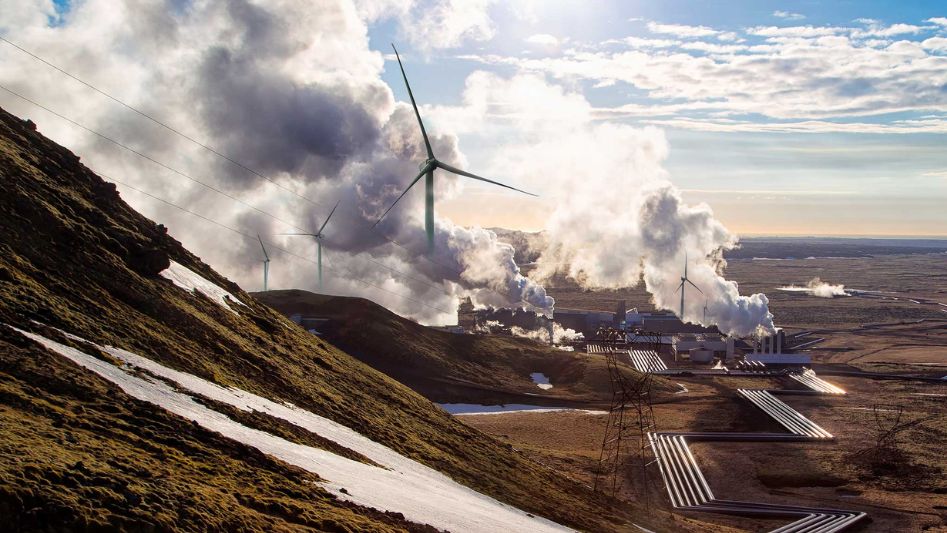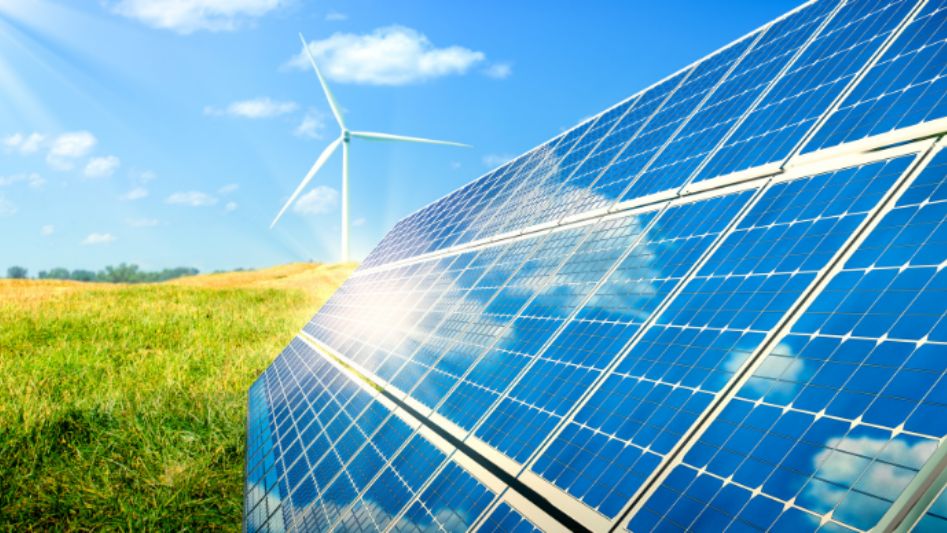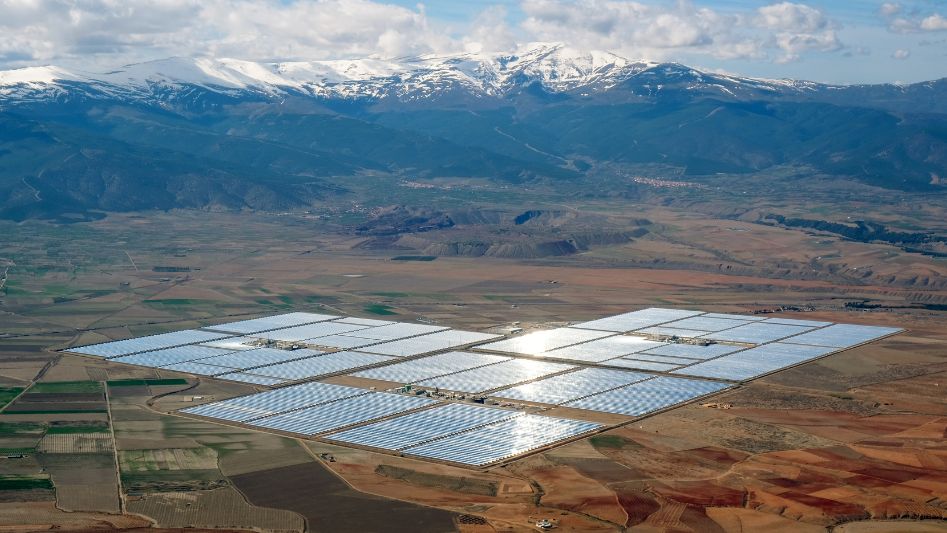Renewable energy is a form of energy that comes from natural sources, such as sunlight, wind, rain, tides, and geothermal heat. Unlike non-renewable sources like fossil fuels, renewable energy sources can be replenished naturally and do not cause harm to the environment. In this article, we will explore the 7 main sources of renewable energy.
Table of Contents

1. Solar Energy
Solar energy is the most abundant source of renewable energy. It is generated by converting sunlight into electricity using solar panels. Solar panels are made up of photovoltaic cells that absorb sunlight and convert it into direct current (DC) electricity. This DC electricity is then converted into alternating current (AC) electricity, which can be used to power homes and businesses.
2. Wind Energy
Wind energy is generated by harnessing the power of wind using wind turbines. Wind turbines consist of large blades that rotate when wind blows against them. This rotation generates electricity, which is then transmitted to the grid for use. Wind energy is most commonly used to power homes and businesses in areas with high wind speeds.
3. Hydro Energy
Hydro energy is generated by harnessing the power of water using hydropower plants. Hydropower plants are located near water sources such as rivers, streams, and dams. They use the kinetic energy of water to generate electricity. As water flows through turbines, it spins them, and the spinning motion generates electricity.
4. Geothermal Energy
Geothermal energy is generated by using the heat from the earth’s core to generate electricity. This heat is harnessed using geothermal power plants, which are located near geothermal hotspots. These hotspots are areas where the earth’s crust is thin, and magma is close to the surface. The heat from the earth’s core is used to generate steam, which is then used to power turbines and generate electricity.

5. Biomass Energy
Biomass energy is generated by burning organic matter such as wood, crops, and waste. This burning process generates heat, which is then used to produce steam. This steam is used to power turbines, which generate electricity. Biomass energy is most commonly used in areas where other renewable energy sources are not available.
6. Ocean Energy
Ocean energy is generated by harnessing the power of ocean waves, tides, and currents. This energy can be harnessed using various technologies such as tidal barrages, tidal turbines, wave energy converters, and ocean thermal energy conversion (OTEC) systems. Ocean energy is still in its early stages of development, but it has great potential to become a significant source of renewable energy in the future.
7. Hydrogen Energy
Hydrogen energy is generated by using electrolysis to separate water into hydrogen and oxygen. This hydrogen can then be used as a fuel source to generate electricity using fuel cells. Hydrogen energy is still in its early stages of development, but it has great potential to become a significant source of renewable energy in the future.

Conclusion
Renewable energy sources offer a sustainable and environmentally friendly alternative to non-renewable sources of energy. The seven main sources of renewable energy are solar, wind, hydro, geothermal, biomass, ocean, and hydrogen energy. By harnessing these sources of energy, we can reduce our reliance on non-renewable sources and create a more sustainable future.
FAQ
What is renewable energy?
Renewable energy is a form of energy that comes from natural sources, such as sunlight, wind, rain, tides, and geothermal heat. It can be replenished naturally and does not cause harm to the environment.
Why is renewable energy important?
Renewable energy is important because it is sustainable and does not cause harm to the environment. It also reduces our reliance on non-renewable sources of energy, which are finite and have negative environmental impacts.
Is renewable energy more expensive than non-renewable energy?
In the past, renewable energy was more expensive than non-renewable energy. However, the cost of renewable energy has decreased significantly in recent years, making it competitive with non-renewable sources.
Can renewable energy be used on a large scale?
Yes, renewable energy can be used on a large scale. Many countries are already using renewable energy to power their cities and industries.
You May Also Like
- RENEWABLE ENERGY AND GRID MODERNIZATION: A MATCH MADE IN HEAVEN
- POWER PER POUND: COMPARING THE ENERGY DENSITY OF RENEWABLE AND NON-RENEWABLE ENERGY SOURCES
- FROM SOLAR PANELS TO WIND TURBINES: RENEWABLE ENERGY IN THE CITY
- RENEWABLE ENERGY INVESTMENTS: WHAT IS DRIVING GREEN CAPITALS?
- THE ECONOMICS OF RENEWABLE ENERGY: A CLOSER LOOK
